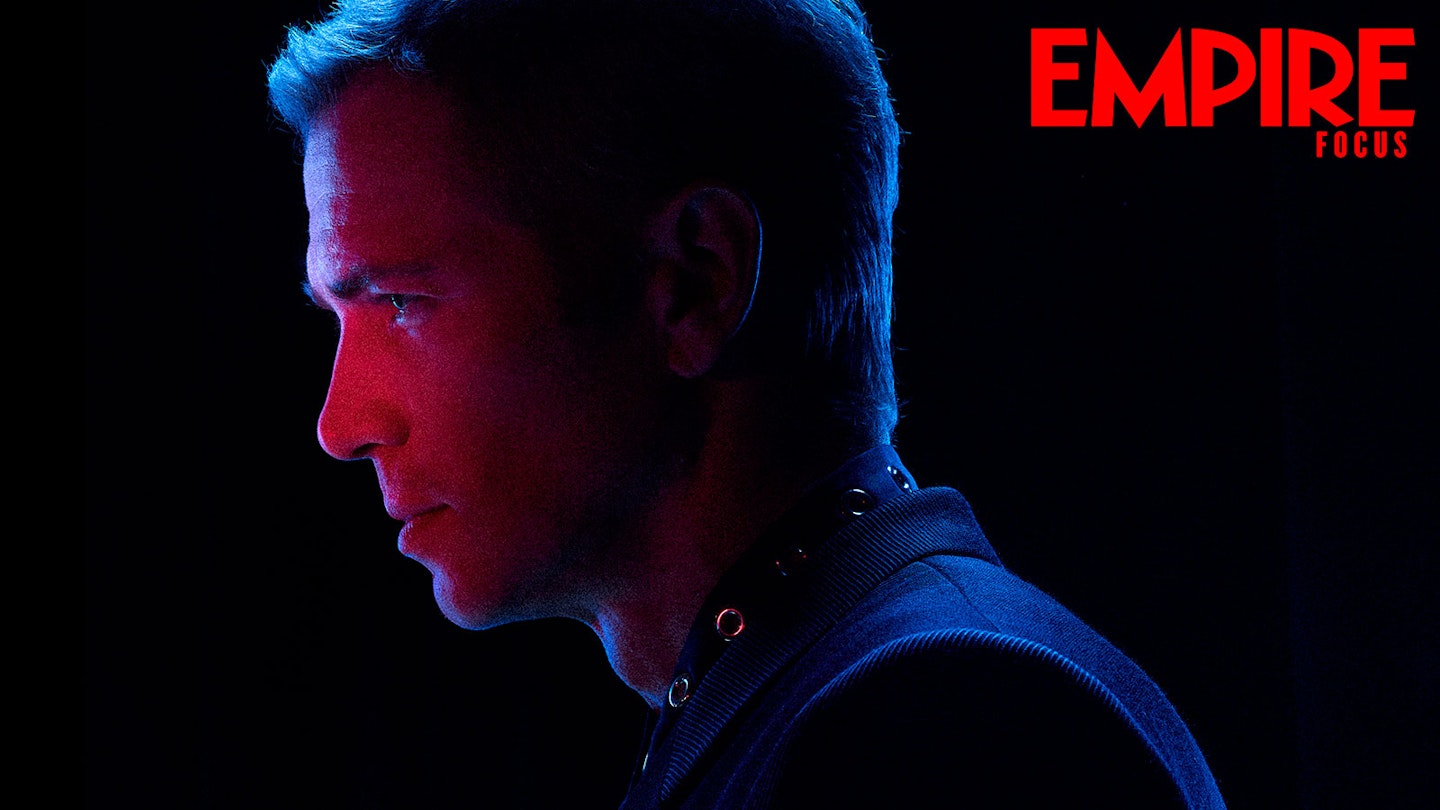As the legendary Anakin Skywalker, it was on Hayden Christensen to show us how an idealistic teenager lost his way, becoming cinema’s most iconic villain. He talks exclusively to Empire about taking on Tusken Raiders, younglings, and the weight of expectations.
This is where the fun begins. For years, we’d wondered — dreamed — how it happened. How the almost mythical figure, Anakin Skywalker — Luke’s dad! — came to be clad in pitch-black armour, serving as the right-hand enforcer of galactic tyrant Emperor Palpatine, and striking fear through the hearts of everyone in the galaxy, Force-choking his way across the stars. Then finally, after over two decades of us pondering it all, George Lucas’ prequel trilogy was announced, promising to answer our feverish, lingering questions.
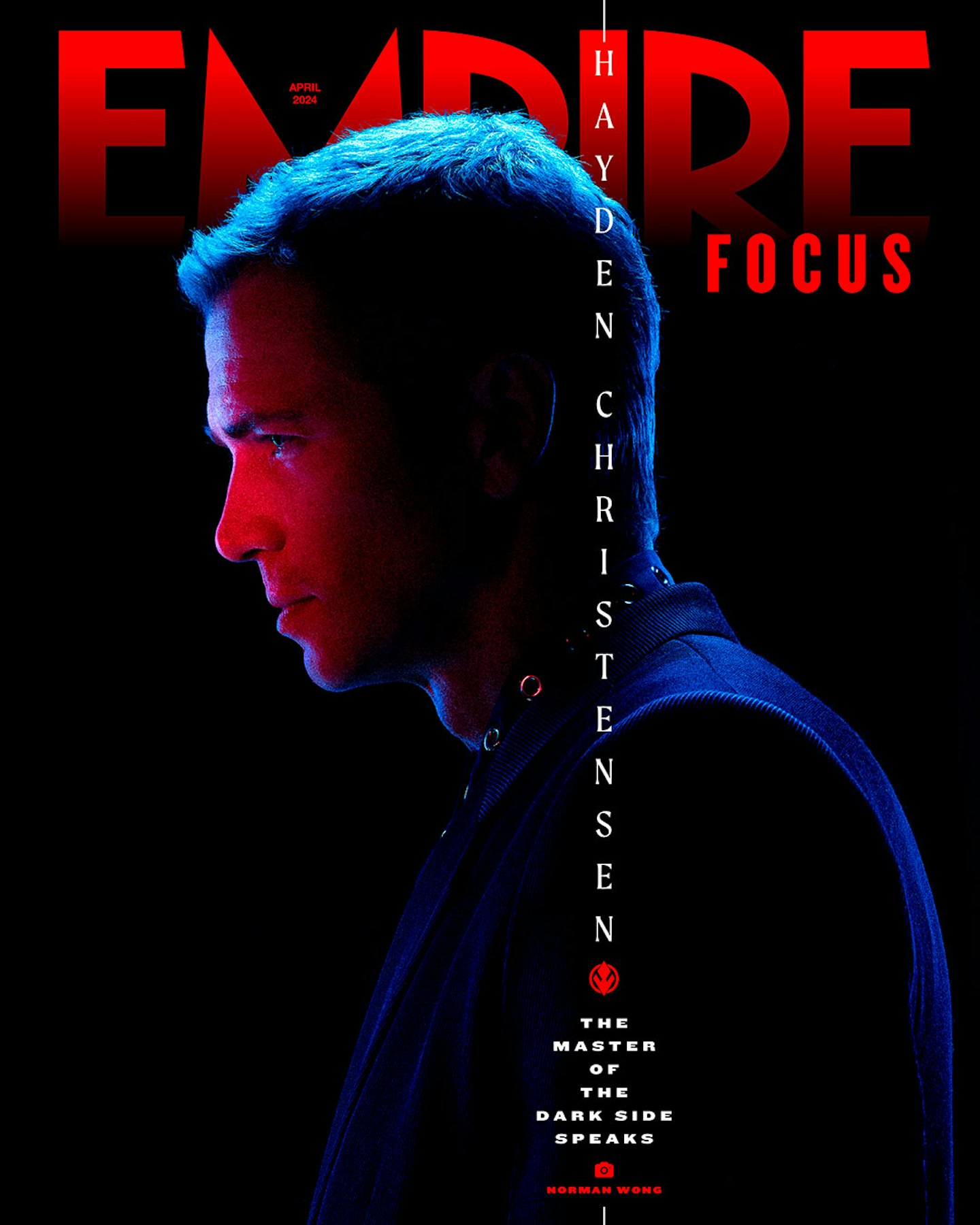
The one chosen to play the Chosen One was Hayden Christensen, destined to lead Star Wars down a bold new path and bring balance and empathy to the burgeoning, fearsome Sith Lord, across 2002’s Attack Of The Clones and 2005’s Revenge Of The Sith. In an instant, Christensen went from being a relatively unknown 18-year-old to the focal point of cinema’s biggest franchise.
Such a task would have proved too overwhelming for many, but he took it on head first, and a whole new generation embraced his Anakin. And while Christensen initially came under fire from a rabid portion of the fanbase, a reappraisal of the prequels has brought a more positive reading. Meanwhile, he has well and truly been brought back into the fold, both on screen in the Obi-Wan Kenobi and Ahsoka series on Disney+, and on stage at Star Wars Celebrations, where he consistently receives thunderous receptions.
Now, more than two decades since he first stepped onto the Attack Of The Clones set, Empire finds Christensen in a peaceful, relaxed mood at his Toronto home, eager to reflect and reminisce about his singular Star Wars journey. The fun, it seems, hasn’t ended yet.

EMPIRE: When did Star Wars first come into your life?
HAYDEN CHRISTENSEN: My earliest memories of Star Wars are through my older brother. I was first introduced to the characters through all the toys he had. He had everything, the Millennium Falcon, Star Wars bedsheets... And he was the one that showed me the films for the first time. I was 11 or 12, and I instantly became a fan as well. But it was really the merchandising that first captivated my imagination. The characters meant something to me, even before I had seen the films.
Years later, then, how did Anakin come to you?
I was 18, and I got a call from my agent saying that they were casting for Anakin Skywalker in Star Wars and I thought, “Wow, how cool.” But it just seemed too big. And I remember asking my agent, “Is there maybe another role that they’re also casting right now that you can put me up for? Because Anakin sort of seems unattainable.” And there was not. So I threw my name in the hat like everyone else.
"The scope of the opportunity — the enormity of it all — was exciting to me. It was obviously a little daunting too, but there’s a saying: 'Pressure is privilege.'"
There were big names up for the role, including Leonardo DiCaprio. Were you aware of all of that at the time?
I had heard that they’d met with Leonardo and a bunch of other actors. That just confirmed my thought that the role would go to another actor. Through the entire auditioning process I had told myself, from day one, that I wasn’t going to get the part. It just wasn’t a possibility. And I think that probably helped me a lot, because it just freed me up in a lot of ways. And so it really came as a surprise to me when I got the part.
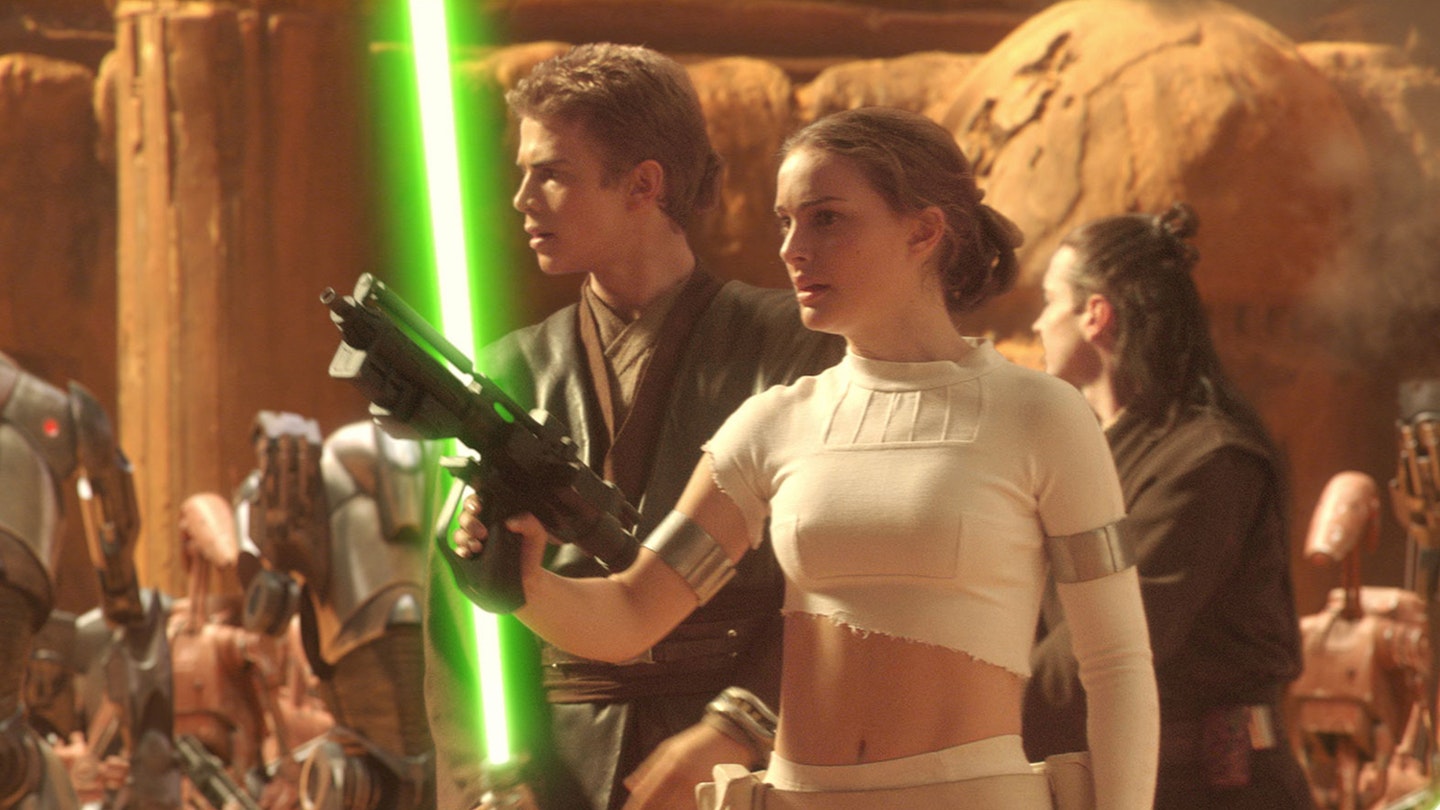
And when that happened, had the magnitude of what you were about to undertake already dawned on you?
The scope of the opportunity — the enormity of it all — was exciting to me. It was obviously a little daunting too, but there’s a saying: “Pressure is privilege.” I just felt very lucky to have it. I was really thrilled that I was gonna get to express George’s mapping out of how someone goes from good to bad.
Well, the first big glimmer of that transition, or at least his unrestrained anger, is the Tusken Raider slaughter. How did you approach that scene, and Anakin admitting it to Padmé?
Yeah, he has somewhat of an emotional breakdown. That’s kind of the first time we see that there’s actually something very unstable about this character. That was a big scene. I remember filming it and trying to find the right moment for these sorts of emotional outbursts to come. And I remember at one point, feeling like I was not finding it. So we took a little reprieve from the set and I walked away, and I went back to my dressing room to try to collect myself and think about what I was doing. And George, of his own volition, came over. He knew that I was having a tough time with the scene. And I just remember how gracious he was with me, talking me through where we were at, small adjustments that he was looking for. We were very close. And he just did it in a very sincere and heartfelt way. It was a moment where we really connected, and it was a bonding moment for us. I felt like I had the insight that I needed, and then we both walked back to set together and we did the scene that you’ve got in the film.
Anakin substantially commits to the dark side when he chops off Mace Windu’s arm. What discussions did you have with George on how to play such a pivotal moment?
That scene is the tipping point in Anakin’s fall to the dark side. He has Mace Windu and Darth Sidious, Jedi and Sith, both pleading his allegiance and he has to make a choice. When we were filming that scene, George spoke about how Anakin was conflicted but not yet corrupted, and that he still wanted to do the right thing.

It’s a hugely transitional scene for the character and one that sets the course for everything that follows. I remember in the weeks leading up to filming it, I was trying to figure out how to express his turn and acceptance of the anointment of Darth Vader. It needed an observable shift in character and this was actually the origin of George and I discussing giving Anakin Sith eyes. Originally, there was no mention of it and George was initially against the idea when I brought it up. I loved the visual of Sith eyes and thought it could make sense: Darth Maul had them and Sidious has them. George responded saying that Count Dooku didn’t, and I thought that was the end of that. A few days later he came back to me and said he thought about it some more and now liked the idea of Sith eyes – but not for that scene. I think that was because it would have misinformed things. Anakin’s fall to the dark side isn’t just about good and evil and ideological views; it’s also about timing and circumstance.
Was George generally collaborative like that?
George is a visionary and always knew exactly what he wanted, but when I had an idea he would always hear me out and consider it. When I had an instinct on set and wanted to try something different than what we were doing, he would always indulge me. I remember on several occasions explaining what I wanted to try and George would say, “Well I know when I get to the editing room and I’ve got your version and my version, I’m always going to use my version, but sure, let’s give it a try.” And he was right, he always did use his version!
"If you’re gonna go sit in a theatre, and the opening scroll starts with, “A long time ago, in a galaxy far, far away”, that’s setting the stage that anything is possible."
Anakin killing the younglings is another big moment. How has that moment reverberated over the years — are kids scared of you when they see you out and about?
Kids seem to forget about that scene when they meet me! There’s not any fear or intimidation. They’re just excited to meet Anakin. There was a lot of talk about us doing that scene, and I love that George did it. It was a bold move. And it’s shocking. When we were filming that, we were having a hard time getting the reaction that we wanted from the kid. And so I shouted, or growled at him, because we needed a genuine moment of him being startled. It got the response that we needed, and it makes that scene work really well.
That poor kid, though!
Yeah. I saw him years later. I said, “Sorry about how that went.”
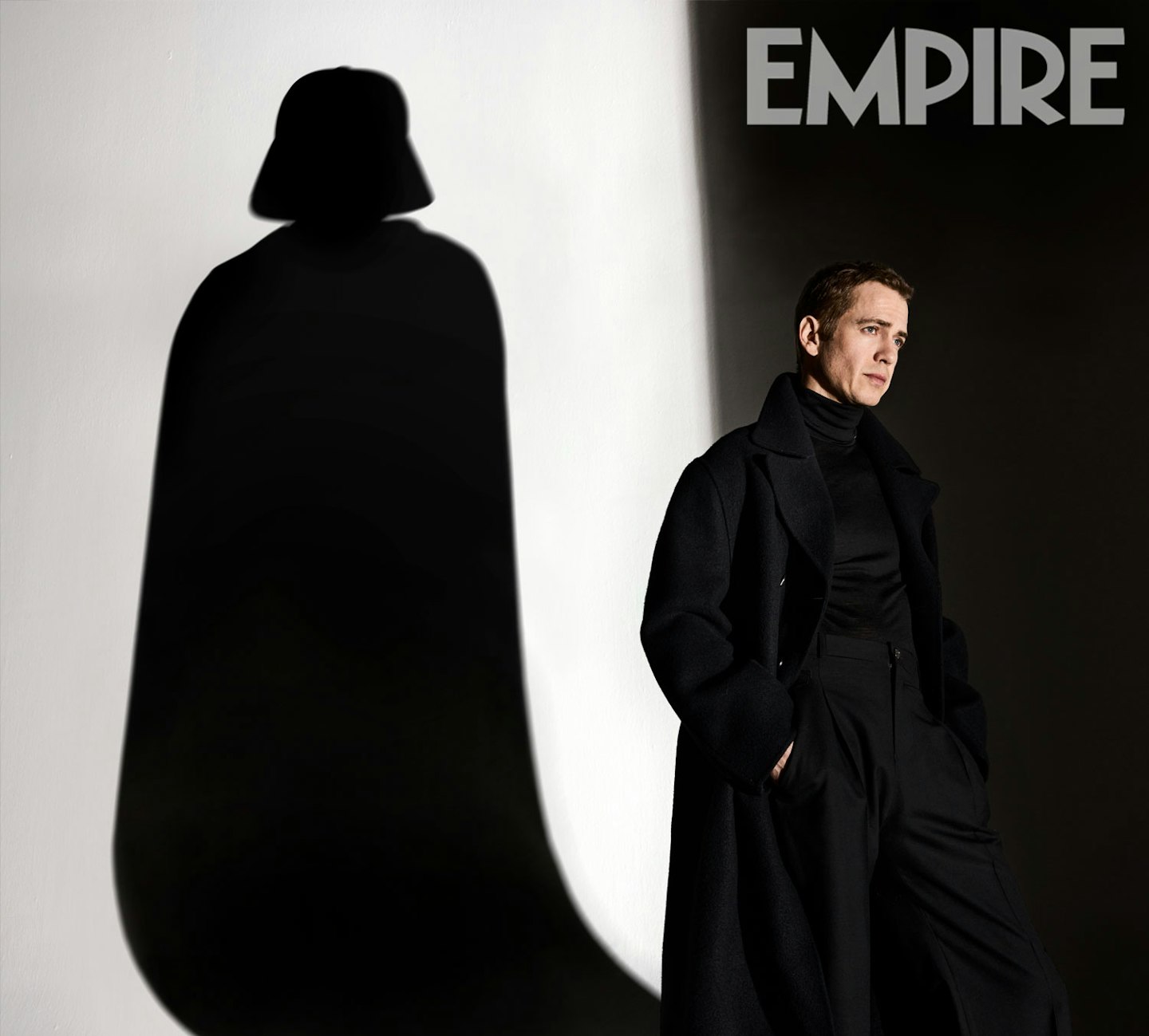
You did a lot of great work with Ian McDiarmid. He was a seasoned stage actor — what did you learn from him?
I just thought it was so interesting that George would cast such a nice person to play the most evil person in the universe. I really admired his ability to shift in and out of character. He would do a scene as Darth Sidious, and it was so rich and scary. And then as soon as George would say “Cut!”, he was just back to being his sweet, polite self. We became quite close on Episode III, and he’s someone that I’ve kept in touch with over the years. I saw him in a play a year-and-a-half ago in London, and it was so good. He’s a really remarkable actor.
Did you have a good dynamic with Ewan, too? Was there any parallel between master and apprentice off set?
During Episode II we quickly became very close friends, but I also really looked up to him. And he took me under his wing, because he knew it was all really new to me. We spent a lot of time together hanging out just to develop a good rapport.
When you were making these films, you were growing up in public, evolving as a person, as well as an actor. What was it like being under such scrutiny?
It was a big adjustment for me. Everything changed pretty quickly in my life when I got cast in Star Wars, you know? It was an exciting time, but everything was very new. I appreciated that George Lucas went out of his way to try to help me navigate a lot of that. But there’s no way of really preparing for it. You just sort of learn as you go.
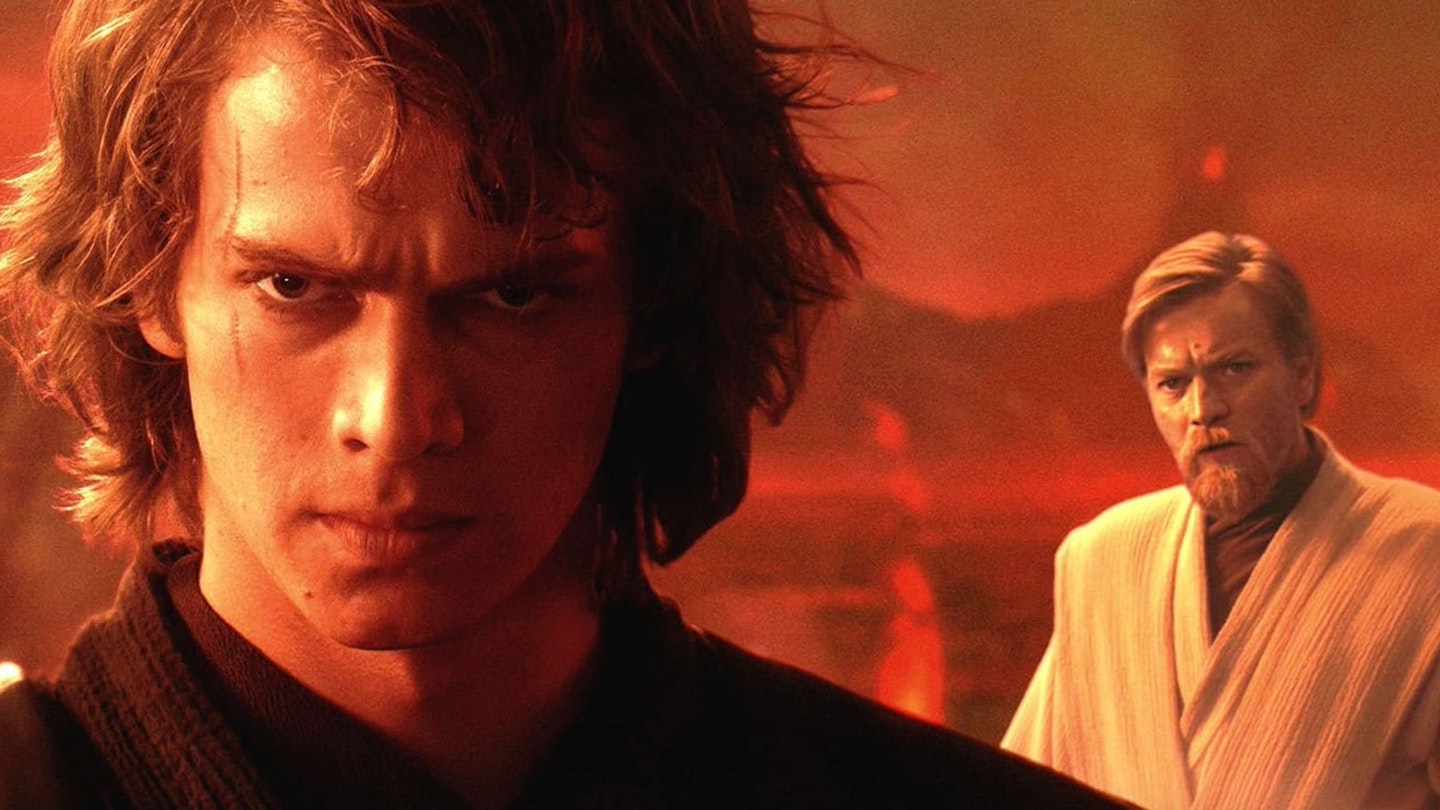
There’s always going to be an element of negativity with characters and franchises that are this big. How challenging was that to deal with?
Because Star Wars has had the cultural impact that it has, these characters almost become public domain, where people feel a sense of ownership over them. The character was criticised, my performance was criticised, and that part sucked. But I also felt like I had some context that perhaps helped a little bit. When Episode I came out, there was a lot of excitement that they were making a new Star Wars, and it was going to be the backstory of Darth Vader. But I had friends that were upset that the character was starting off as this young kid. And I watched the film, and I loved it. It was everything I wanted and more. And I didn’t understand the disconnect between the movie that I saw, and the negativity in some of the reviews. In a way that sort of criticism, I think, comes from a certain failure of their own suspension of disbelief. If you’re gonna go sit in a theatre, and the opening scroll starts with, “A long time ago, in a galaxy far, far away”, that’s setting the stage that anything is possible. These people don’t need to sound and behave the way that we might expect. And if you’re going to sit down and think that you’re getting something that is of our current zeitgeist, then you’re setting yourself up for something else. You know what I mean?
I do, and I agree. And it feels like there’s been a reappraisal of these movies as time has gone on. In recent years you’ve been onstage for numerous Star Wars Celebrations, and the reception you get is always huge. What’s it been like to feel the love from the fandom?
It’s been a remarkable experience. And just a very heartwarming one. The journey that I’ve been on with Star Wars over the last 20 plus years… it’s been a wild ride, and where we’re at now is really meaningful to me. I think that those movies have held up well over time. It feels like vindication for the work that we did. Everyone that worked on those movies thought that we were part of something special. We all wanted to do our very best work, and we cared a lot about it. And so to see the response from the fans now, it’s very cool.
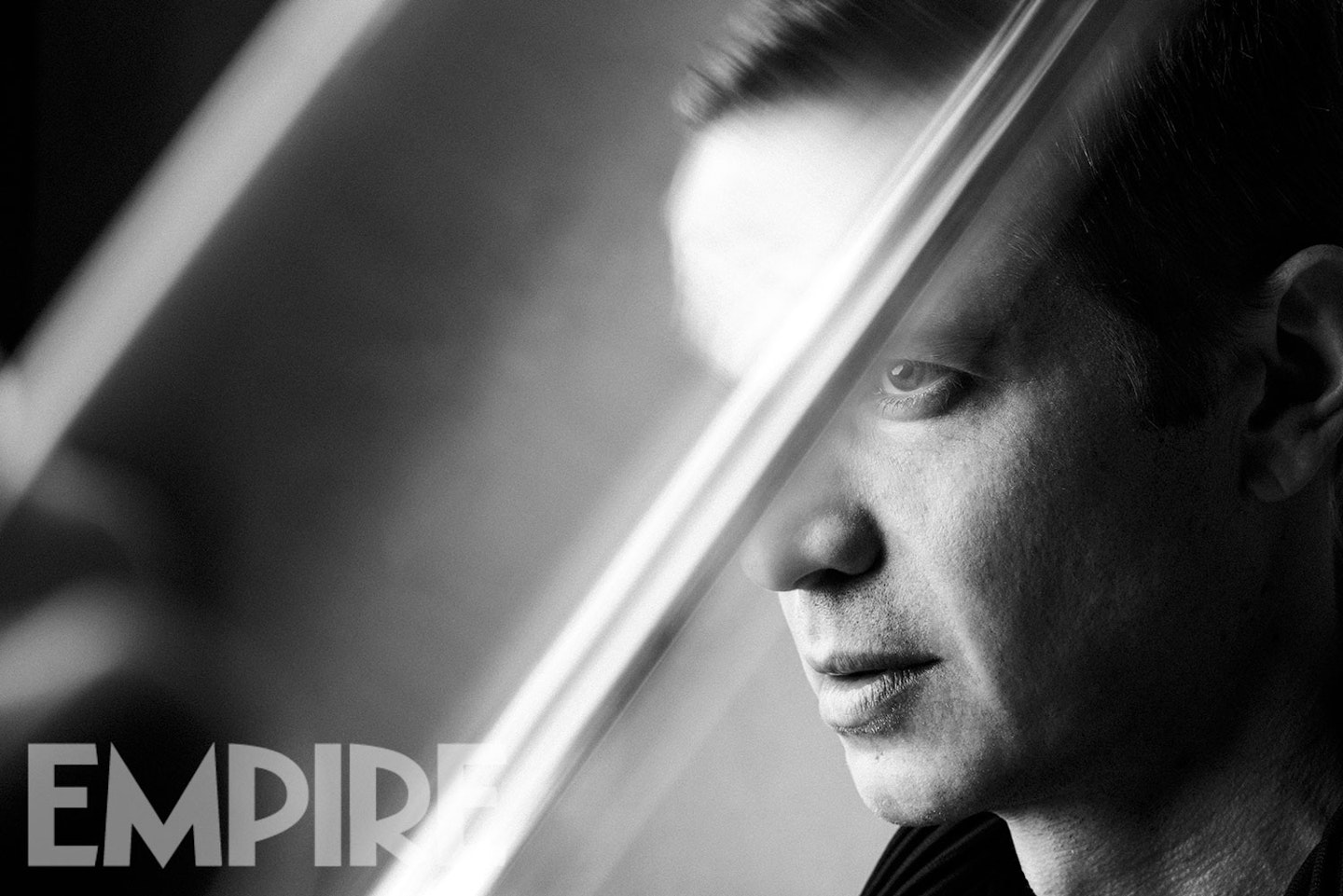
You’ve come back as Anakin and Darth Vader in Obi-Wan Kenobi and Ahsoka. Did you feel like you had any unfinished business with the character?
When we finished doing the prequels, it felt like that was it, and my journey with the character was over. So to get to come back now and do more with Anakin and Darth Vader was an amazing opportunity. I’m very grateful for the work that I got to do. The scenes that I got to do as Darth Vader on Obi-Wan, that was huge for me. Being able to add a little bit more connective tissue to the character and to bridge the gap into Vader a little bit more is a very worthwhile thing. And the scenes that I got to do as Anakin on Ahsoka was a bucket-list item I didn’t even know I had.
Had you been watching the Clone Wars animated series?
I had. When I was getting ready to do Obi-Wan Kenobi, I started my Clone Wars deep-dive, and I loved it. I remember thinking, “Man, it would be so cool to see some of that in live action.” In that time in Anakin’s life… that was described to me by George Lucas when we were doing Episode III, the things that were going on in-between Episode II and III. So when Dave Filoni and Jon Favreau told me they wanted to explore some of that, I was so game. And I loved how it came out.
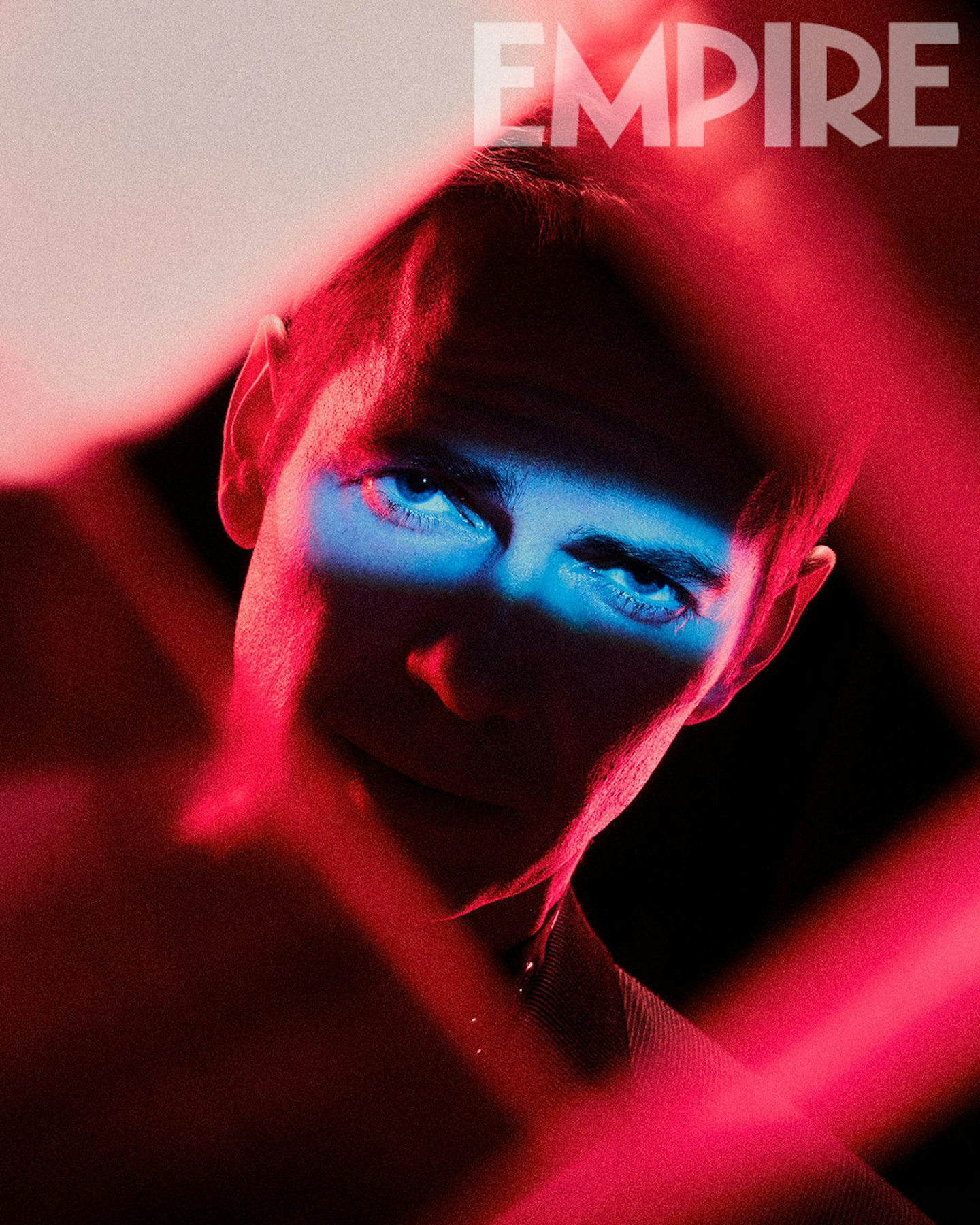
And you got to play the character as he was back then. What would the Hayden Christensen of today say to the Hayden Christensen who’s just about to step on the Attack Of The Clones set for the first time?
Even though I was a bit overwhelmed, I was also a confident young man, and I wanted to make my mark. But I guess if I were to have some advice for me during that general time in my life, it would be: “Patience.”
Why patience?
Because my journey with the character and with Star Wars has at times been a bumpy one… but I’m in a good place with it now. And so that’s why I say patience.
This article originally appeared in the April 2024 issue of Empire.
Photography by Norman Wong, shot exclusively for Empire in Toronto.
